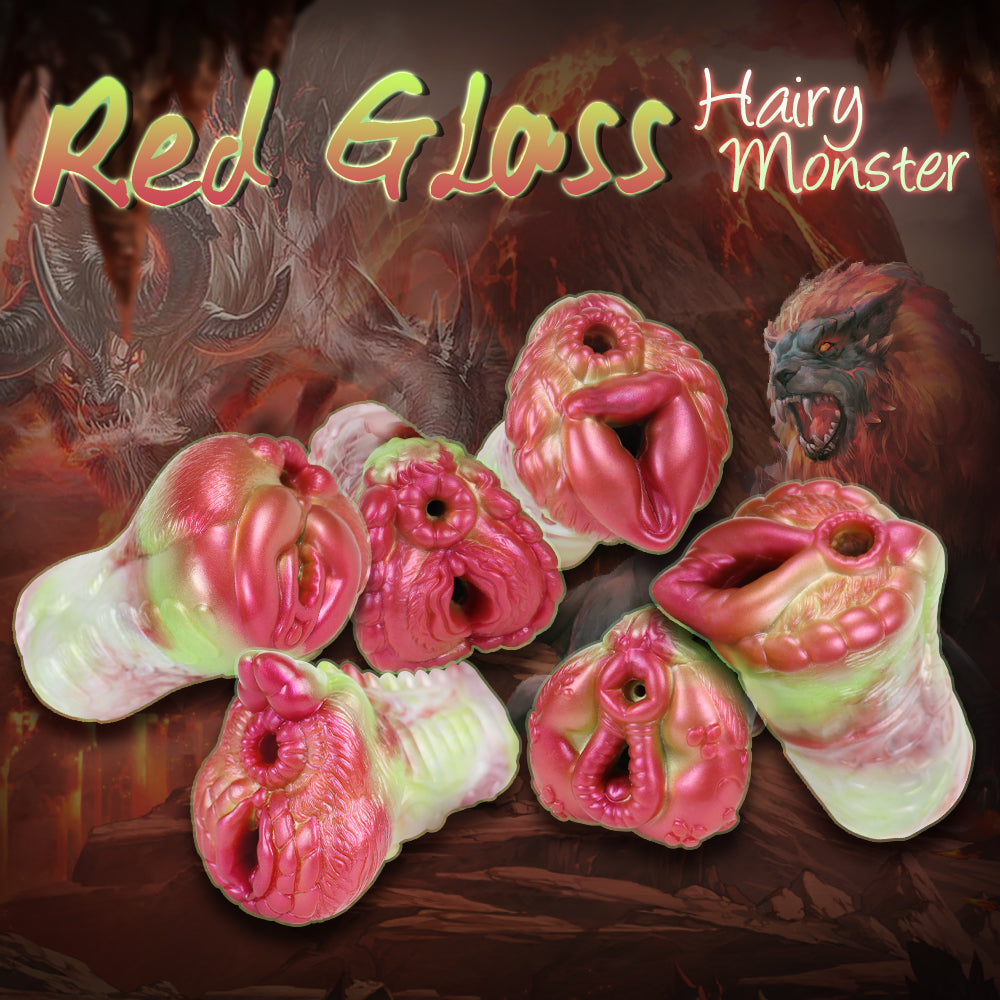Sounding Rod Guide: Enhance Maximum Penis Enjoyment
Unveiling a tool with a rich historical legacy, the sounding rod has played a pivotal role in various civilizations throughout time. From its origins in ancient Egypt to its significance in medieval architecture and beyond, the sounding rod has stood the test of time as an indispensable instrument for measurement and exploration. This humble yet powerful device has been instrumental in unlocking mysteries buried beneath the earth's surface and shaping the way we understand our world today.
Key Takeaways
- Proper sterilization is crucial: Ensure to sterilize sounding rods before and after each use to prevent infections, following recommended techniques discussed in the article.
- Choose materials wisely: Select sounding rods made from body-safe materials like silicone or stainless steel to reduce the risk of adverse reactions or infections.
- Follow insertion and removal guidelines for urethral sounds: Adhere to safe techniques for inserting and removing sounding rods to avoid injuries or discomfort, as detailed in the article.
- Prioritize safety precautions: Implement safety measures such as using adequate lubrication, going slowly during the process, and seeking medical help if any issues arise.
- Be aware of potential health complications: Stay informed about possible complications that may arise from urethral sounding, and seek medical attention if experiencing unusual symptoms.
- Use recommended lubrication: Opt for water-based lubricants to facilitate the insertion of sounding rods and minimize friction for a smoother experience.
What to Know About Urethral Sounding
Medical vs. Recreational
Therapeutic and Pleasurable Outcomes
Importance of Device Selection
How Urethral Sounding Works
Medical Purpose
Sterile Instruments
Techniques and Tools
- Pros:
- Medical urethral sounding can effectively treat strictures and urinary issues.
- The use of sterile instruments ensures patient safety during procedures.
- Cons:
- Recreational sounding without proper tools and techniques can lead to infections or injuries.
- Non-medical-grade instruments used in recreational sounding may not be safe for internal use.
Types of Sounding Rods
Straight Rods
Curved Rods
Specialized Rods
- Pros:
- Versatile options for different preferences
- Enhanced stimulation possibilities
- Suitable for experienced users seeking variety
- Cons:
- Requires expertise in handling
- May pose higher risks if not used correctly
Materials in Sounding Rods
Common Materials
Evaluating Pros and Cons
- Pros:
- Highly durable, ensuring long-term use without degradation.
- Easy to clean and sterilize, crucial for maintaining hygiene.
- Cons:
- May feel cold and rigid, potentially affecting comfort during use.
- Pros:
- Offers flexibility, making it more comfortable for beginners or those seeking a softer touch.
- Warms up quickly to body temperature, enhancing comfort during insertion.
- Cons:
- Requires thorough cleaning to prevent bacterial growth due to its porous nature.
Impact on Urethral Sounding Experience
Considerations for Safety, Comfort, and Hygiene
Hygiene Maintenance
Proper Sterilization Techniques
Sterile Metal
Cleaning Procedures
- Use a medical-grade disinfectant to clean the genital cavities and genitals.
- Ensure all surfaces of the sounding rod are properly sanitized to eliminate any lingering bacteria.
Maintenance Practices
- Store the sounding rod in a designated, clean area away from other medical instruments.
- Inspect the sounding rod regularly for any signs of wear or damage that may compromise its sterility.
Insertion and Removal Techniques
Safe Insertion
Gentle Removal
Understanding Anatomy
Tips for Safe Practices
- Always use medical-grade sounding rods designed for urological procedures.
- Prioritize communication with your healthcare provider for guidance on proper techniques.
- Avoid using foreign objects or improvised tools for sounding practices to prevent injuries.
- Regularly clean and sterilize your sounding rods before and after each use.
- Seek immediate medical attention if you experience persistent pain, bleeding, or difficulty urinating after sounding sessions.











